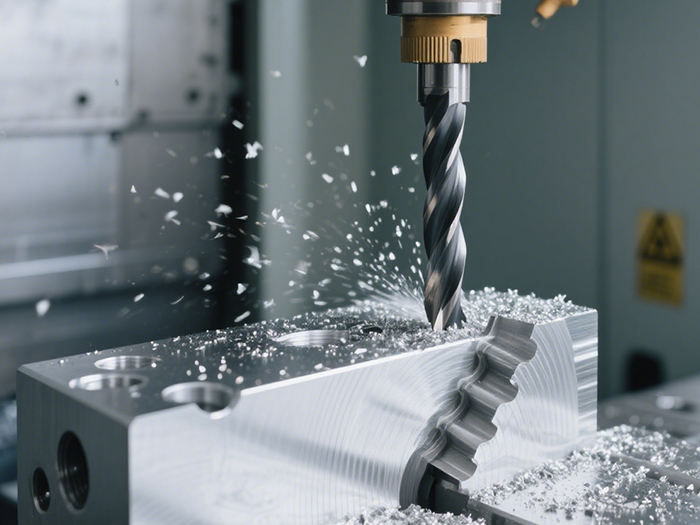In modern manufacturing, 5-axis high-speed CNC machining center have become essential equipment for processing complex parts due to their high efficiency and precision. However, frequent turning vibration issues not only affect the surface quality of workpieces but also reduce tool life and may even damage the machine. Addressing these problems with effective strategies is crucial to ensure machining accuracy and improve production efficiency.
Impact of Tool Factors on Turning Vibration
Tools are one of the key causes of turning vibrations. The tool’s geometric parameters, material, and wear condition are closely related to vibration. Specifically, a small rake angle increases turning forces, causing vibration, while an excessively large relief angle reduces tool rigidity and stability. Therefore, it is important to select tool geometry appropriately based on the material being machined. For example, when machining aluminum alloys, increasing the rake angle can reduce turning forces. Tool material matching is also critical; machining high-strength alloy steels requires high-hardness, wear-resistant carbide tools. Additionally, worn tools with dull turning edges cause fluctuating turning forces and induce vibration, so regular inspection and timely replacement of worn tools are necessary.
Optimization of Machining Process Parameters
Turning parameters significantly influence turning vibration. Excessively high turning speeds can cause periodic fluctuations in turning forces, leading to vibration; excessive feed rates increase turning thickness and turning forces, exacerbating vibration. When machining complex surfaces with five-axis simultaneous, process parameters such as turning speed, feed rate, and depth of cut should be optimized through testing or simulation. For instance, adopting variable turning parameters-using higher feed rates during roughing to improve efficiency and lower speeds and feeds during finishing to reduce vibration-helps maintain accuracy. Additionally, planning tool paths to avoid frequent sharp turns and sudden stops minimizes abrupt turning force changes and vibration risks.
Importance of Machine Structure and Rigidity
The rigidity of the machine structure directly affects the occurrence of turning vibrations. Insufficient rigidity in the spindle, guideways, and worktable of 5-axis CNC machining center can lead to vibration under turning forces. Methods to enhance rigidity include increasing spindle bearing preload, optimizing guideway lubrication, and adjusting worktable installation accuracy. Moreover, installing vibration damping devices, such as vibration-damping tool holders between the tool and spindle or isolation pads under the machine foundation, effectively absorb and isolate vibrations, reducing their impact on machining.
Comprehensive Measures to Suppress Turning Vibration
Solving turning vibration issues in five-axis high-speed CNC machining center requires a comprehensive approach involving tool selection, process parameter optimization, and machine rigidity enhancement. Properly selecting tool geometry and materials, regularly replacing worn tools, scientifically adjusting turning speed, feed, and depth of cut, optimizing tool paths, and strengthening machine rigidity with effective damping devices can effectively suppress vibrations. These measures improve machining quality and production efficiency, fully leveraging the performance advantages of five-axis high-speed machining centers.
OTURN is committed to providing customers with advanced 5-axis CNC machining equipment and professional technical support. Leveraging rich industry experience, we assist enterprises in optimizing machining processes, enhancing CNC machine rigidity and stability, and effectively solving various CNC machine tool challenges to achieve efficient and high-precision production goals.
Post time: May-09-2025







